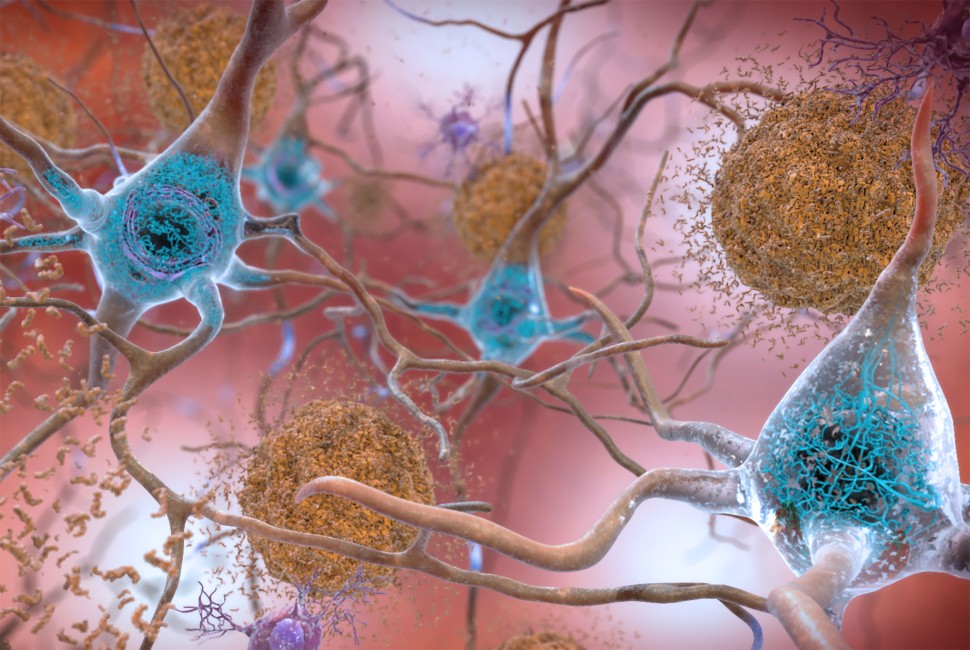2025-04-15 イェール大学
<関連情報>
- https://news.yale.edu/2025/04/15/new-tool-offers-insights-virus-cell-interactions
- https://www.pnas.org/doi/10.1073/pnas.2410905121
顕微鏡的ファージ吸着アッセイ: 宿主細菌細胞へのウイルス粒子付着のハイスループット定量化 Microscopic phage adsorption assay: High-throughput quantification of virus particle attachment to host bacterial cells
Jyot D. Antani, Timothy Ward, Thierry Emonet, and Paul E. Turner
Proceedings of the National Academy of Sciences Published:December 19, 2024
DOI:https://doi.org/10.1073/pnas.2410905121

Significance
Infections of bacteria by their specific viruses (phages) are among the most common biological interactions on earth, and phages are increasingly attractive in biotechnology development, such as controlling bacterial contaminants and treating antibiotic-resistant infections. Quantifying phage attachment to cells is vital for understanding initial stages of infection in both natural and applied settings. Adsorption assays classically measure phage attachment, but are low throughput, labor-intense, and provide only gross estimates across a phage population. Here, we demonstrate how fluorescence microscopy and single particle tracking offer high-throughput measures of attachment, while also probing variability among individual phage particles interacting with host cells. The approach proves useful for studying various phage and bacterial-species combinations, offering a generally powerful tool for examining virus–cell interactions.
Abstract
Phages, viruses of bacteria, play a pivotal role in Earth’s biosphere and hold great promise as therapeutic and diagnostic tools in combating infectious diseases. Attachment of phages to bacterial cells is a crucial initial step of the interaction. The classic assay to quantify the dynamics of phage attachment involves coculturing and enumeration of bacteria and phages, which is laborious, lengthy, hence low-throughput, and only provides ensemble estimates of model-based adsorption rate constants. Here, we utilized fluorescence microscopy and particle tracking to obtain trajectories of individual virus particles interacting with cells. The trajectory durations quantified the heterogeneity in dwell time, the time that each phage spends interacting with a bacterium. The average dwell time strongly correlated with the classically measured adsorption rate constant. We successfully applied this technique to quantify host-attachment dynamics of several phages including those targeting key bacterial pathogens. This approach should benefit the field of phage biology by providing highly quantitative, model-free readouts at single-virus resolution, helping to uncover single-virus phenomena missed by traditional measurements. Owing to significant reduction in manual effort, our method should enable rapid, high-throughput screening of a phage library against a target bacterial strain for applications such as therapy or diagnosis.


